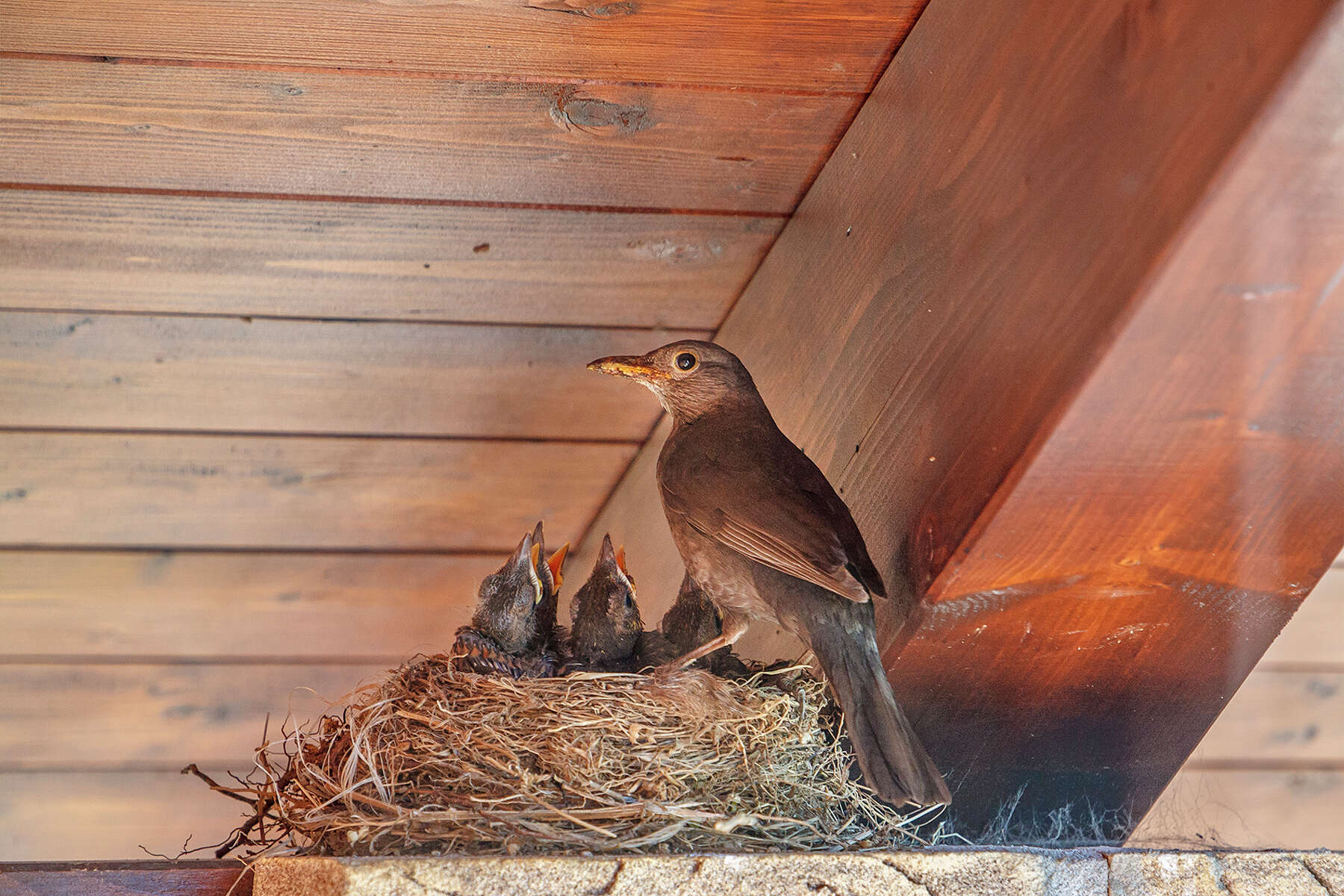

Articles
What Will Keep Birds From Nesting On My Porch
Modified: January 8, 2024
Discover effective strategies to prevent birds from nesting on your porch with these informative articles. Protect your outdoor space and maintain a bird-free environment.
(Many of the links in this article redirect to a specific reviewed product. Your purchase of these products through affiliate links helps to generate commission for Storables.com, at no extra cost. Learn more)
Introduction
Birds nesting on your porch can create a variety of problems. From messy droppings and damage to property, to noise and potential health hazards, it’s understandable that you would want to keep these feathery intruders away. Fortunately, there are several effective methods you can employ to deter birds from nesting on your porch.
In this article, we will discuss various techniques and strategies you can implement to discourage birds from making your porch their nesting ground. By understanding their nesting habits, identifying common nesting materials, and utilizing physical barriers, repellent devices, and visual deterrents, you can create an inhospitable environment for birds. Additionally, by removing potential food sources, maintaining a clean porch, and seeking professional assistance if needed, you can effectively keep birds away from your porch.
Let’s dive into the fascinating world of birds and explore how to prevent them from nesting on your porch.
Key Takeaways:
- Understanding bird nesting habits and common materials is crucial for effective deterrence. Implement physical barriers, repellent devices, and visual deterrents to create an inhospitable environment for birds.
- Regularly maintain a clean porch, remove potential food sources, and seek professional assistance if needed. Combining multiple deterrent methods can effectively keep birds from nesting on your porch.
Understanding the nesting habits of birds
Before we delve into the various methods of bird deterrents, it’s important to have a basic understanding of their nesting habits. Different species of birds have different preferences when it comes to choosing a nesting site, so understanding these preferences can help you effectively deter them from your porch.
Firstly, birds prefer to nest in areas that provide protection from predators and harsh weather conditions. This means they are more likely to choose areas with cover, such as trees, shrubs, or overhangs. By understanding this, you can identify potential nesting spots on your porch and take appropriate measures to make them uninviting.
Secondly, birds look for nesting materials nearby. They will select materials such as twigs, leaves, feathers, and even bits of trash to create their nests. By reducing the availability of these materials around your porch, you can discourage birds from choosing it as a nesting site.
Lastly, some birds are persistent nest builders and will revisit the same spot year after year. This means that if a bird has successfully nested on your porch in the past, it may return in the following years. It’s essential to break this nesting cycle to prevent recurring bird issues.
By understanding these nesting habits, you can proactively implement deterrent strategies that specifically target the preferences and behaviors of birds.
Identifying common bird nesting materials
One key step in successfully deterring birds from nesting on your porch is to identify the common materials they use to build their nests. By knowing what birds are looking for, you can take measures to remove or limit their access to these materials.
Here are some of the most common materials birds use for nest construction:
- Twigs and small branches: Many bird species prefer using twigs and small branches as the foundation for their nests. They will gather these materials from nearby trees or shrubs, so keeping your porch clear of loose twigs can discourage them from building nests.
- Leaves and grass: Birds often incorporate leaves and grass into their nests to provide cushioning and insulation. Regularly sweeping your porch to remove fallen leaves and keeping the surrounding area free from tall grass can make it less appealing to nesting birds.
- Mud and clay: Some bird species, such as swallows, use mud and clay to build their nests. These materials are usually found near water sources. If you have a water feature close to your porch, consider covering it or creating a barrier to limit bird access to mud or clay.
- Feathers and fur: Birds use feathers and fur to line the inside of their nests, providing a soft and warm environment for their eggs. Keeping your porch clean will reduce the availability of these materials, making it less attractive to nesting birds.
- Bits of trash: Birds are resourceful and will often incorporate bits of trash, such as plastic or string, into their nests. By regularly removing any trash or debris from your porch, you can discourage birds from collecting these materials.
By understanding the common nesting materials of birds, you can take proactive steps to remove or limit access to these materials, making your porch less attractive for nesting.
Creating physical barriers
One effective method to deter birds from nesting on your porch is by creating physical barriers that prevent their access. By blocking off potential nesting spots, you can create an inhospitable environment that discourages birds from settling in.
Here are some strategies for creating physical barriers:
- Netting: Installing bird netting can effectively block off areas where birds may attempt to build their nests. Choose a durable and fine mesh netting that is specifically designed to keep birds out. Make sure to securely fasten the netting to prevent birds from finding gaps or slipping through.
- Screening: If your porch has open spaces or gaps, consider installing screens to cover them. This will prevent birds from accessing the underneath areas where they may nest. Make sure the screens are securely attached and free from any tears or holes.
- Blocking off eaves and openings: Birds often seek shelter in eaves, nooks, and crannies. Use materials such as wire mesh or board to block off these openings. Ensure that the barriers are securely fastened to prevent birds from finding their way in.
- Sealing cracks and crevices: Inspect your porch for any cracks or crevices that birds may use as a nesting spot. Seal these openings with caulk or weather-stripping to deny birds access.
When creating physical barriers, it’s important to regularly inspect and maintain them. Birds can be persistent and may attempt to find ways through any gaps or weak spots. Stay vigilant and repair any damage or wear to ensure the barriers remain effective.
Creating physical barriers can be an effective long-term solution for preventing birds from nesting on your porch. However, it’s important to note that these barriers need to be installed correctly to avoid harming the birds or causing any damage to your property. If you are unsure about proper installation, it is recommended to seek professional assistance.
Installing bird repellent devices
In addition to creating physical barriers, another effective method to deter birds from nesting on your porch is by installing bird repellent devices. These devices emit stimuli that birds find uncomfortable or frightening, causing them to avoid the area.
Here are some common bird repellent devices that you can consider:
- Sonic repellents: Sonic repellent devices emit high-frequency sounds that are unpleasant to birds. These sounds are typically undetectable to humans, making them an excellent option for deterring birds without causing disruption. Place these devices strategically around your porch to create a sonic barrier.
- Ultrasonic repellents: Similar to sonic repellents, ultrasonic devices emit high-frequency ultrasonic waves that are bothersome to birds but inaudible to humans. Ultrasonic repellents are ideal if you prefer a silent and discreet method of bird deterrence.
- Motion-activated deterrents: These devices are triggered by motion and produce a sudden burst of sound, light, or water spray, startling birds and driving them away. Motion-activated deterrents are especially effective against persistent birds that continually attempt to nest on your porch.
- Visual deterrents: Visual deterrents take advantage of birds’ natural instincts and aversions. Reflective tape, scare balloons, and plastic predator decoys can create an intimidating environment for birds. Move these visual deterrents regularly to prevent birds from becoming habituated to their presence.
When installing bird repellent devices, it’s recommended to read and follow the manufacturer’s instructions carefully. Proper placement and maintenance are crucial for ensuring their effectiveness. Keep in mind that bird repellent devices may take some time to yield results, as birds need to learn to associate your porch with negative experiences.
It’s important to note that while these devices can be effective in deterring birds from nesting on your porch, they may not work for all bird species. Some birds may become accustomed to the deterrents over time, necessitating periodic changes or additional measures.
Consider combining different types of bird repellent devices for optimal results. Monitor their effectiveness and make adjustments as needed to create an environment that birds find unwelcoming.
To keep birds from nesting on your porch, try installing bird spikes or using a physical deterrent like hanging shiny objects or wind chimes to make the area less appealing for nesting. Regularly removing any nesting materials can also help discourage them from settling in.
Using visual deterrents
Visual deterrents are an effective and non-intrusive way to discourage birds from nesting on your porch. By using strategic visual cues, you can create an environment that birds find unappealing and actively avoid.
Here are some visual deterrents you can use:
- Reflective objects: Birds are often startled by sudden flashes of bright light. Hang reflective objects such as CDs, strips of aluminum foil, or mirrors around your porch. The movement and reflection of light can create an unsettling and unpredictable environment for birds, deterring them from nesting.
- Scare tape or flags: These visual deterrents flutter in the wind, mimicking movement and creating an illusion of danger. Tie pieces of scare tape or scare flags around your porch, focusing on areas where birds are likely to nest. The constant motion will deter birds from perching or building nests.
- Hawk or owl decoys: Birds have a natural fear of predator birds, such as hawks and owls. Placing decoys of these predatory birds on or near your porch can create the illusion of a threat, causing other birds to avoid the area. Move the decoys periodically to maintain their effectiveness.
- Spider webs: Installing fake spider webs around your porch can create an eerie and unappealing atmosphere for birds. The intricate and sticky appearance of the spider webs can discourage birds from perching or building nests in the area.
When using visual deterrents, it’s crucial to regularly move and adjust them. Birds can quickly adapt to stationary objects, rendering them ineffective over time. By changing the position, size, or appearance of the visual deterrents, you can maintain their effectiveness and prevent birds from habituating to their presence.
Keep in mind that visual deterrents work best as part of a comprehensive bird control strategy. Combining visual deterrents with other methods, such as physical barriers or bird repellent devices, can significantly increase their effectiveness and discourage birds from nesting on your porch.
Experiment with different visual deterrents to find what works best for your porch and the specific bird species you are dealing with. Regularly assess their effectiveness and make adjustments as necessary to create an inhospitable environment for nesting birds.
Removing potential food sources
One of the key factors that attract birds to your porch is the availability of food. By removing potential food sources, you can significantly reduce the appeal of your porch as a nesting site for birds.
Here are some steps you can take to remove potential food sources:
- Secure garbage cans: Birds are opportunistic feeders and will scavenge through garbage for food. Make sure to use tightly sealed garbage cans or bins that birds cannot access.
- Keep pet food indoors: If you have pets, avoid leaving their food dishes outside. Birds may be attracted to the food and consider your porch as a reliable food source.
- Limit bird feeders: While bird feeders can be a great way to attract birds to specific areas, they may also inadvertently invite birds to your porch. If you have bird feeders nearby, consider relocating them away from your porch or reducing the amount of food you provide.
- Clean up spilled birdseed: If you do have bird feeders, regularly clean up any spilled birdseed from the ground. Birds will scavenge for these fallen seeds, and an abundant food source may encourage them to stay and nest on your porch.
- Remove standing water: Ensure that there are no sources of standing water on or near your porch. Standing water can attract insects, which in turn attract birds searching for food.
- Trim vegetation: Overgrown vegetation can attract insects, berries, or seeds that birds feed on. Regularly trim and maintain plants and shrubs around your porch to minimize potential food sources for birds.
It’s important to be persistent in removing potential food sources. Birds are resourceful creatures, and they will quickly learn to associate your porch with a reliable food supply. By actively eliminating food sources, you can make your porch less enticing for birds looking for a place to nest.
By combining the removal of food sources with other deterrent methods, such as physical barriers or visual deterrents, you can create an environment that birds find uninviting and move on in search of better nesting opportunities.
Maintaining a clean and clutter-free porch
A clean and clutter-free porch not only enhances the aesthetic appeal of your outdoor space, but it also plays a significant role in deterring birds from nesting. Birds are attracted to areas with ample hiding spots and materials for nest building. By maintaining a clean and clutter-free porch, you can make it less appealing for birds to settle in.
Here are some tips for keeping your porch clean and clutter-free:
- Regular sweeping and cleaning: Sweep your porch regularly to remove leaves, twigs, and other debris that may accumulate. Pay attention to corners, nooks, and crevices where birds may be more likely to build their nests.
- Remove unnecessary items: Clear away any unnecessary items or clutter from your porch. Birds can perceive objects such as outdoor furniture, plant pots, or storage boxes as potential nesting spots. Keep your porch as minimalistic as possible to deter birds from settling in.
- Secure loose materials: Birds can utilize various materials for nest construction, including loose fabric, strings, or rope. Regularly inspect your porch for any loose materials and secure them to prevent birds from accessing them.
- Check for hidden spots: Birds may attempt to nest in hidden spots or gaps in furniture or structures on your porch. Conduct regular inspections to ensure there are no hidden areas that can be attractive to nesting birds.
- Storage and waste management: If you have storage spaces or garbage areas on your porch, ensure they are properly sealed and organized. Avoid leaving open containers or bags of trash that may attract birds or provide nesting materials.
By regularly maintaining a clean and clutter-free porch, you eliminate potential nesting sites and discourage birds from seeing your porch as a desirable location for nesting. Additionally, a clean porch also helps prevent the accumulation of food scraps or debris that may attract birds to your porch.
Remember, consistency is key. Regularly inspect your porch and address any clutter or mess as soon as possible. By maintaining a clean and orderly porch, you create an environment that is less conducive to bird nesting.
Seeking professional assistance
If you’ve tried various methods to deter birds from nesting on your porch but have been unsuccessful, or if you’re dealing with persistent bird issues, it may be time to seek professional assistance. Professional bird control experts have the knowledge, experience, and specialized tools to effectively address bird infestations and prevent further nesting.
Here are some reasons why seeking professional assistance can be beneficial:
- Expert advice: Bird control professionals can assess your specific situation and provide tailored advice and recommendations based on the bird species involved, your porch layout, and local regulations. They can offer insights and strategies that you may not have considered.
- Safe and humane solutions: Professionals are trained in the safe and humane removal of birds. They have access to effective techniques and methods that comply with legal and ethical guidelines.
- Specialized equipment: Bird control professionals have access to specialized equipment that can be used to deter birds and prevent nesting. These include bird netting, spikes, wire systems, and sonic deterrent devices.
- Prevention and long-term solutions: Professionals can help you implement long-term solutions to prevent future bird nesting, such as bird-proofing structures, providing ongoing maintenance, and recommending habitat modifications.
- Compliance with regulations: Bird control may be subject to local laws and regulations, especially if you’re dealing with protected bird species. Professionals are well-versed in these regulations and can ensure that all actions taken are in compliance.
When choosing a bird control professional, consider their experience, reputation, and certifications. Look for firms that specialize in bird control and have a track record of successfully addressing bird issues.
Remember, seeking professional assistance should be considered as a last resort when other methods have proven ineffective or when dealing with legal or complex situations. Consulting with professionals can give you peace of mind and help you find a solution that effectively deters birds from nesting on your porch.
Read more: How To Keep Birds From Nesting In Gutters
Conclusion
Keeping birds from nesting on your porch can be a challenging task, but with the right strategies and techniques, it is certainly achievable. By understanding the nesting habits of birds, identifying common nesting materials, and implementing effective methods of bird deterrents, you can create an inhospitable environment and discourage birds from making your porch their nesting ground.
Creating physical barriers, such as netting and screening, can block off potential nesting spots. Installing bird repellent devices, including sonic or ultrasonic devices, motion-activated deterrents, and visual deterrents, can make your porch unappealing to birds. Removing potential food sources and maintaining a clean and clutter-free porch further discourage birds from nesting in the area.
It’s important to be proactive and consistent in your bird prevention efforts, as birds can be persistent and adaptable. Regularly assess the effectiveness of your methods and make adjustments as needed.
If your bird deterrence attempts have been unsuccessful or if you’re dealing with persistent bird issues, consider seeking professional assistance. Bird control experts have the knowledge and specialized tools to address bird infestations and provide long-term solutions.
Remember, when implementing bird deterrent strategies, it’s crucial to prioritize the safety and well-being of both the birds and your property. Always follow legal and ethical guidelines, ensuring that the methods used do not cause harm to the birds.
By taking proactive measures, understanding the behaviors of birds, and employing effective deterrent strategies, you can enjoy a bird-free porch and create a welcoming outdoor space for yourself and your family.
Frequently Asked Questions about What Will Keep Birds From Nesting On My Porch
Was this page helpful?
At Storables.com, we guarantee accurate and reliable information. Our content, validated by Expert Board Contributors, is crafted following stringent Editorial Policies. We're committed to providing you with well-researched, expert-backed insights for all your informational needs.
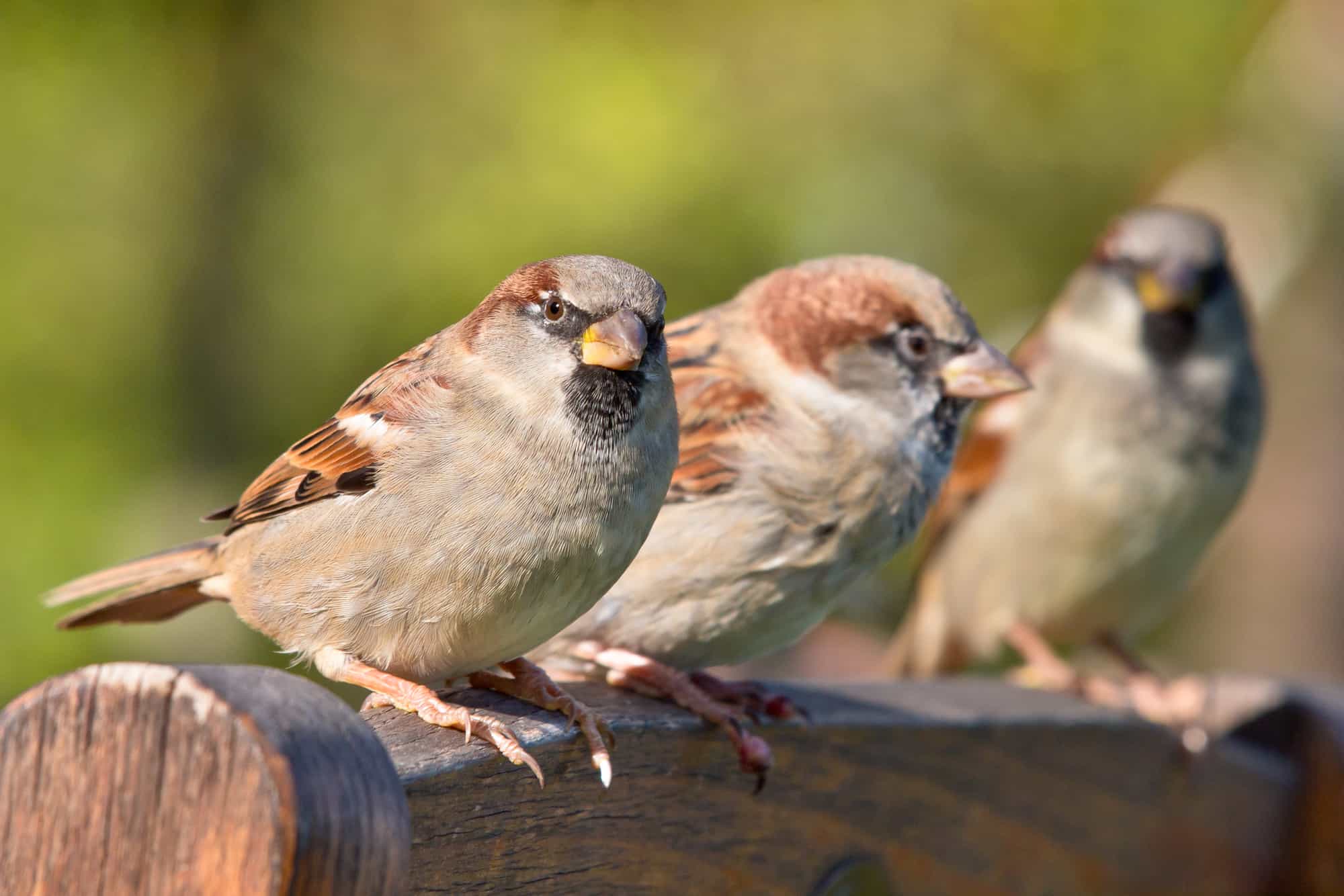
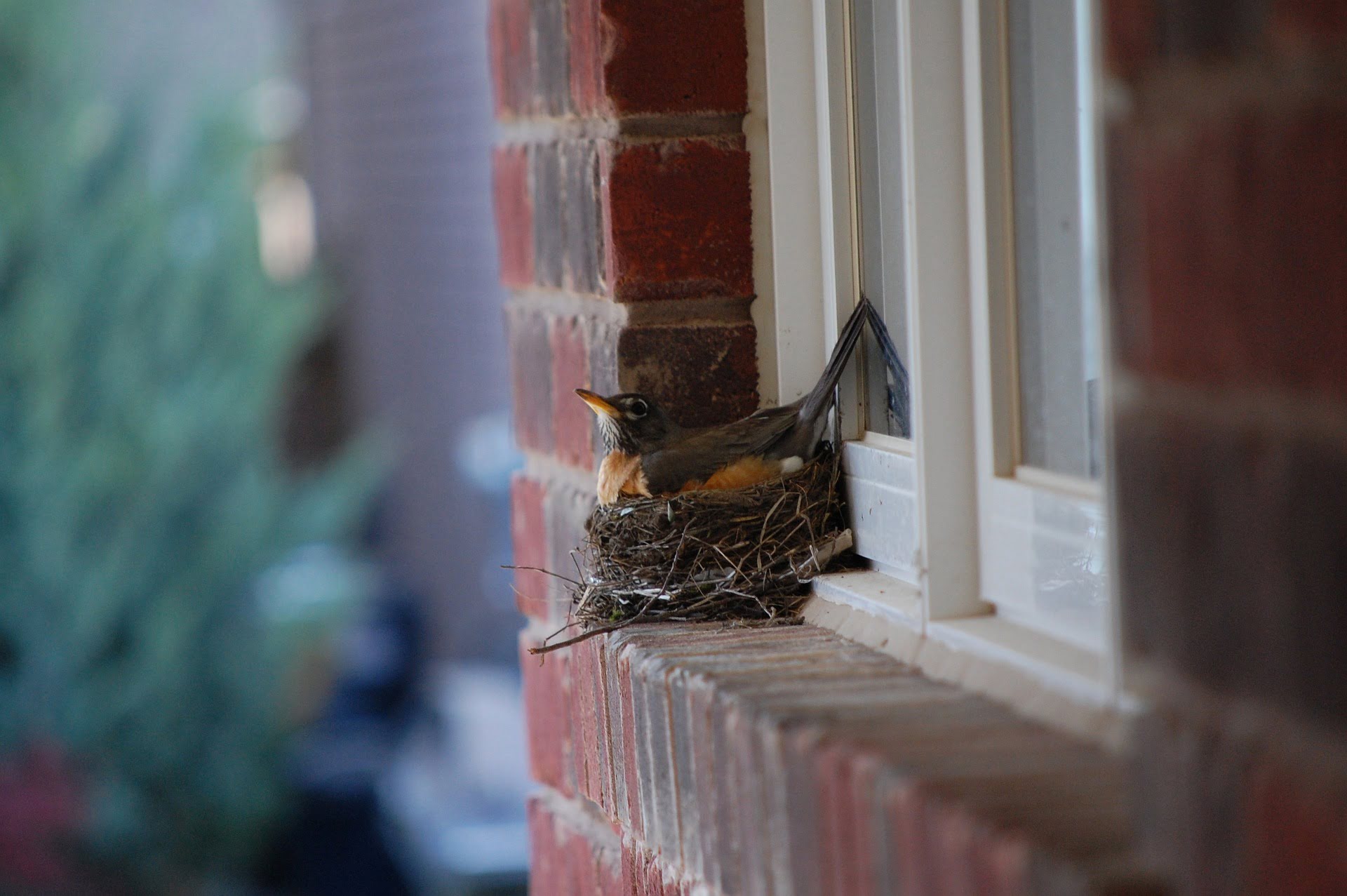
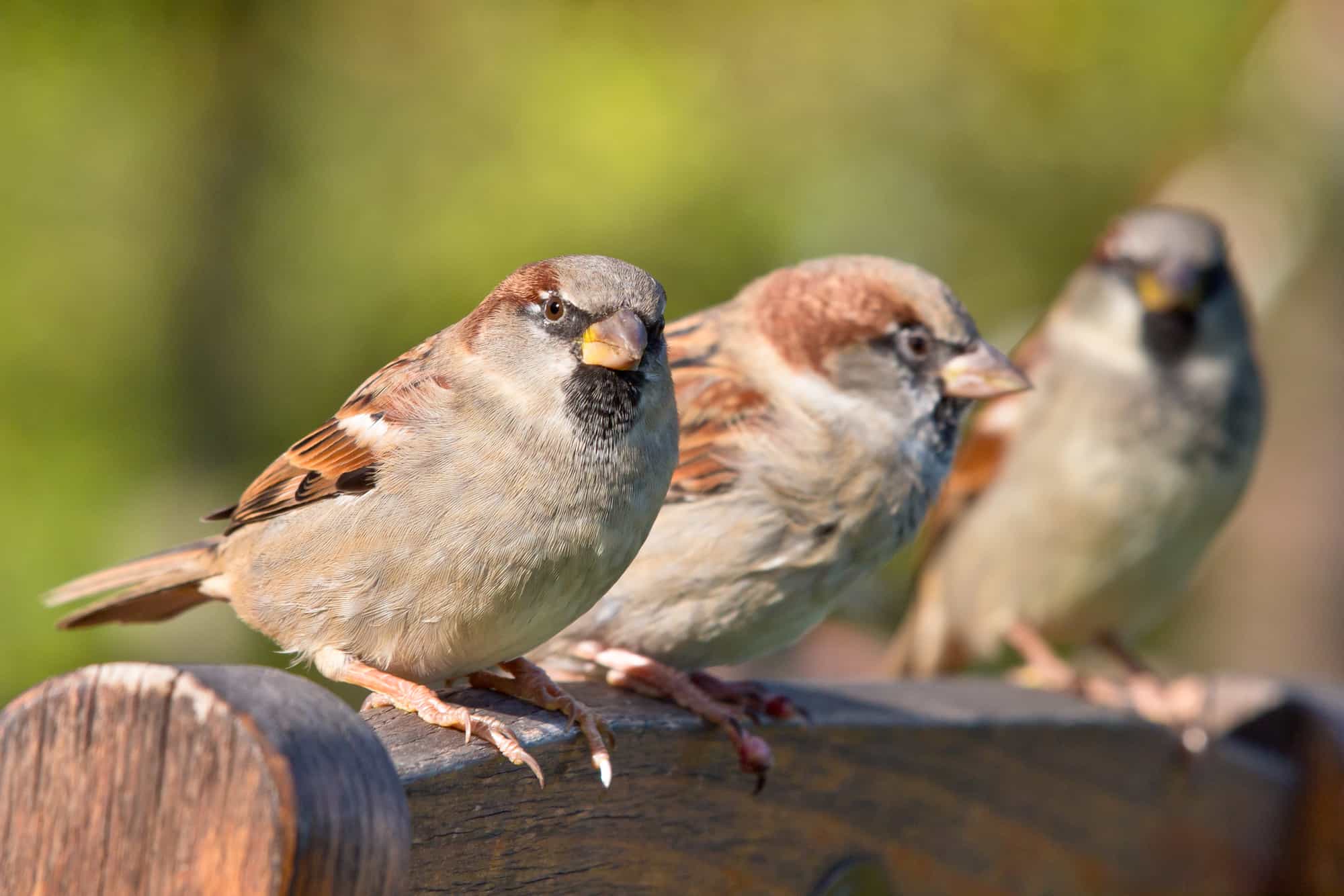
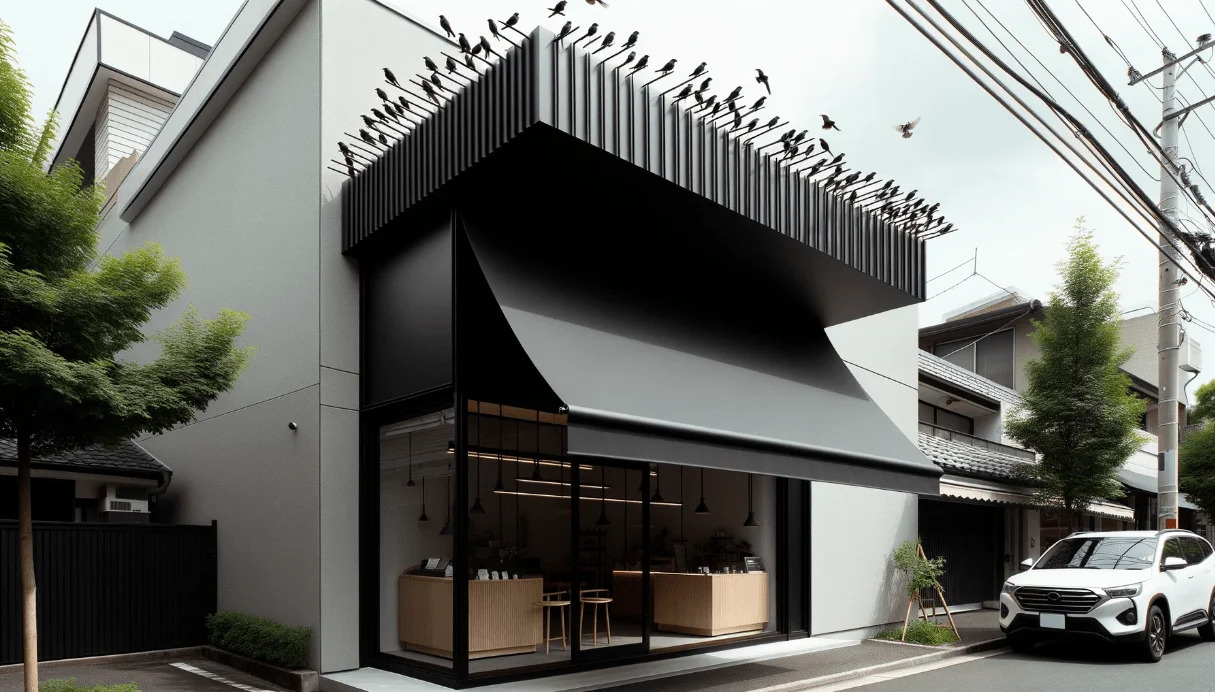
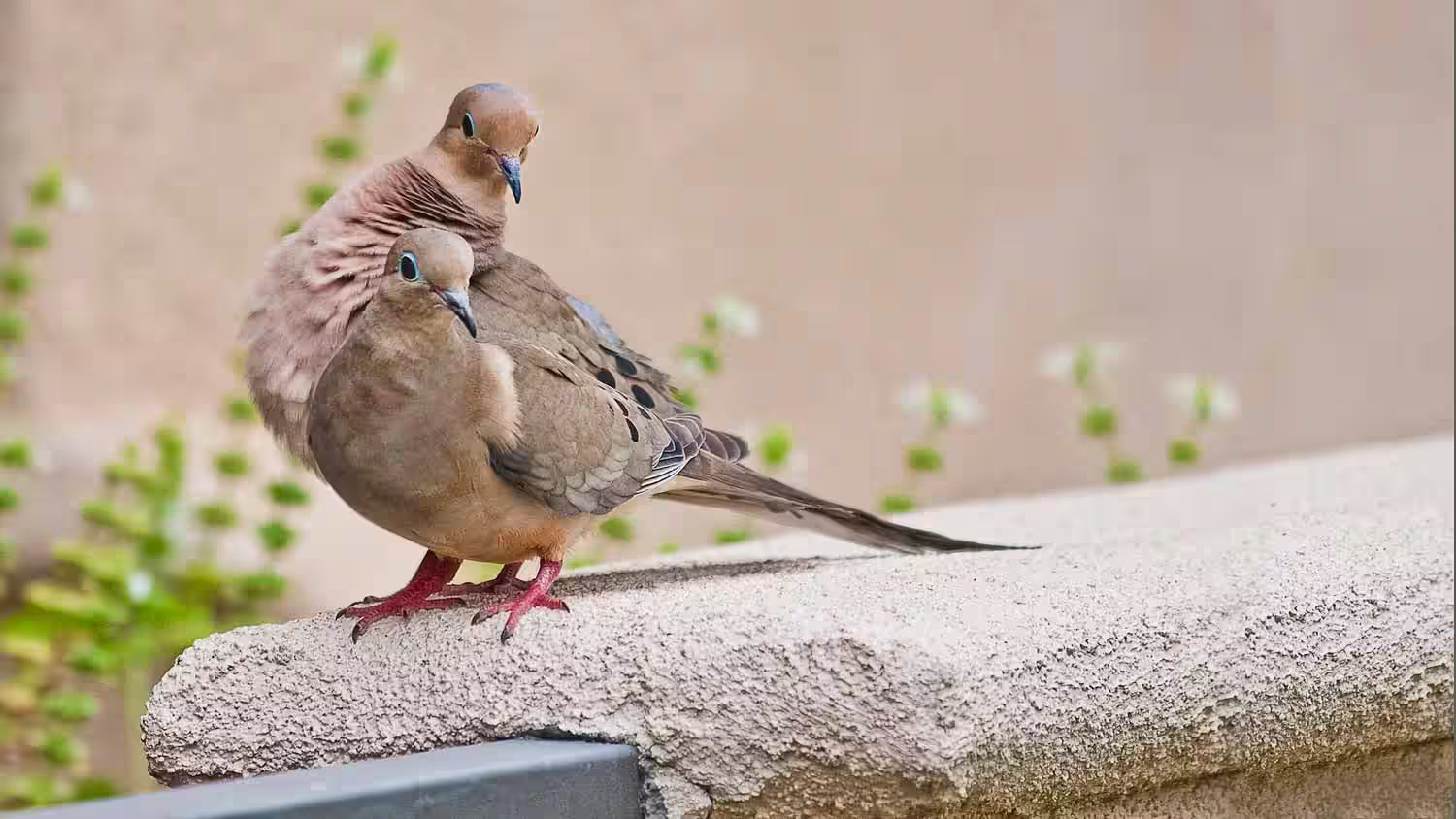
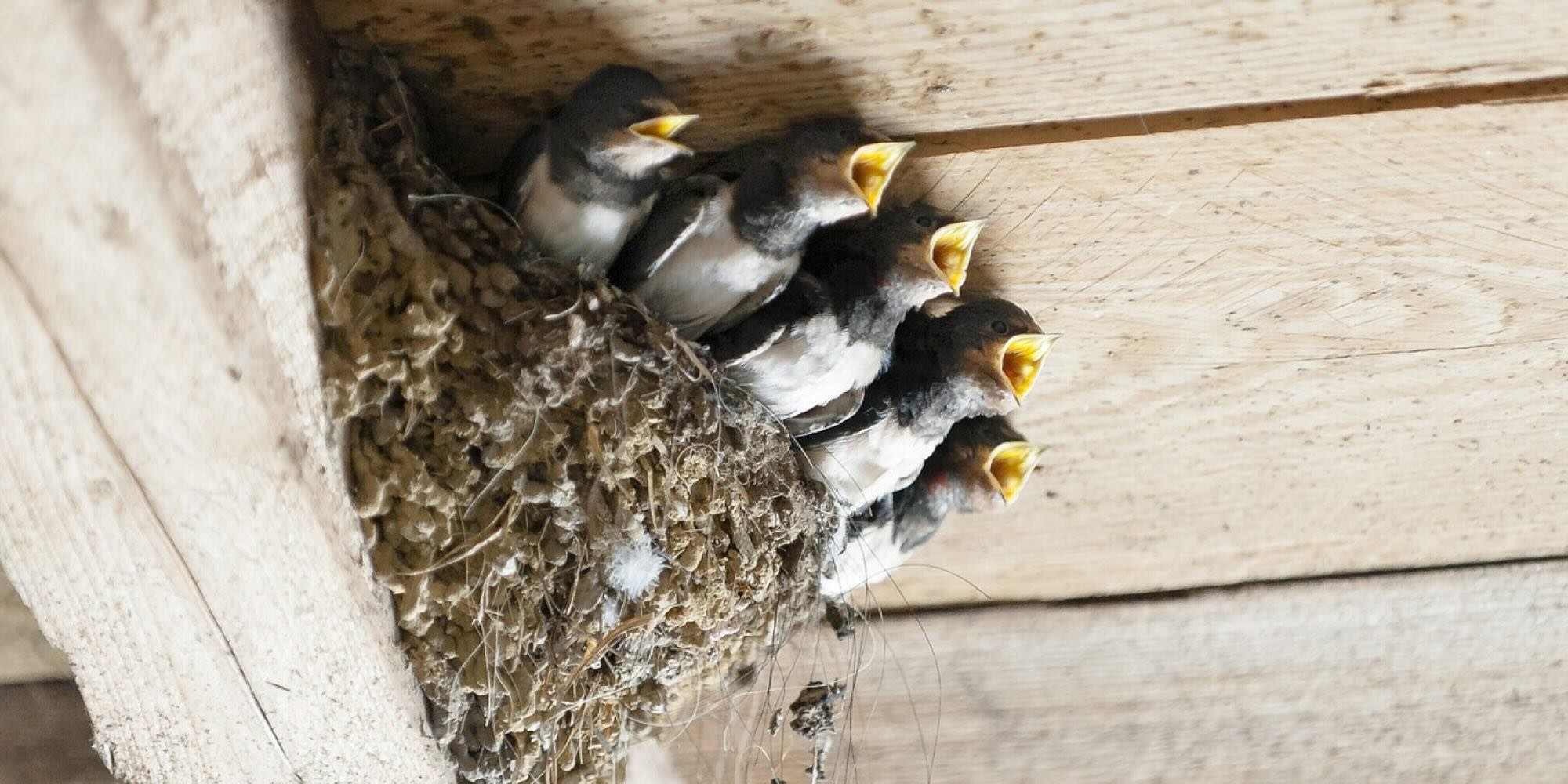
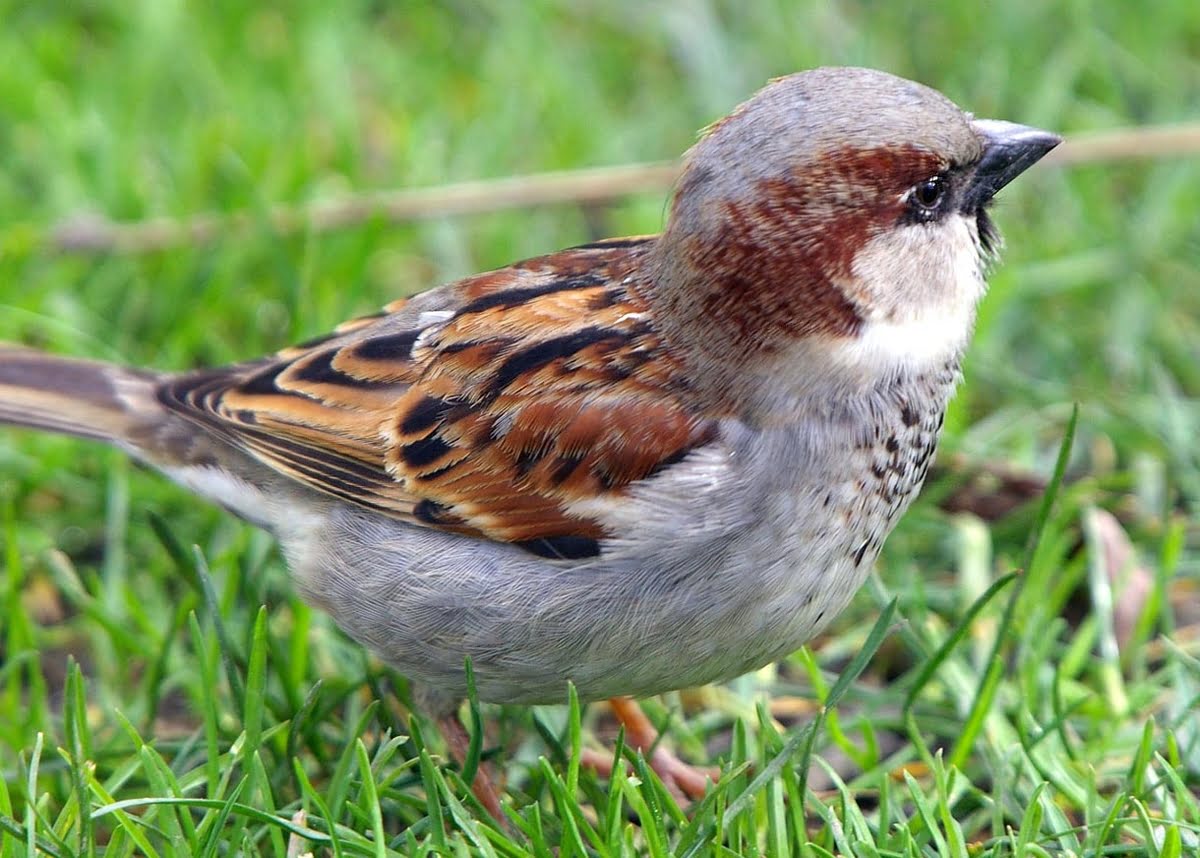

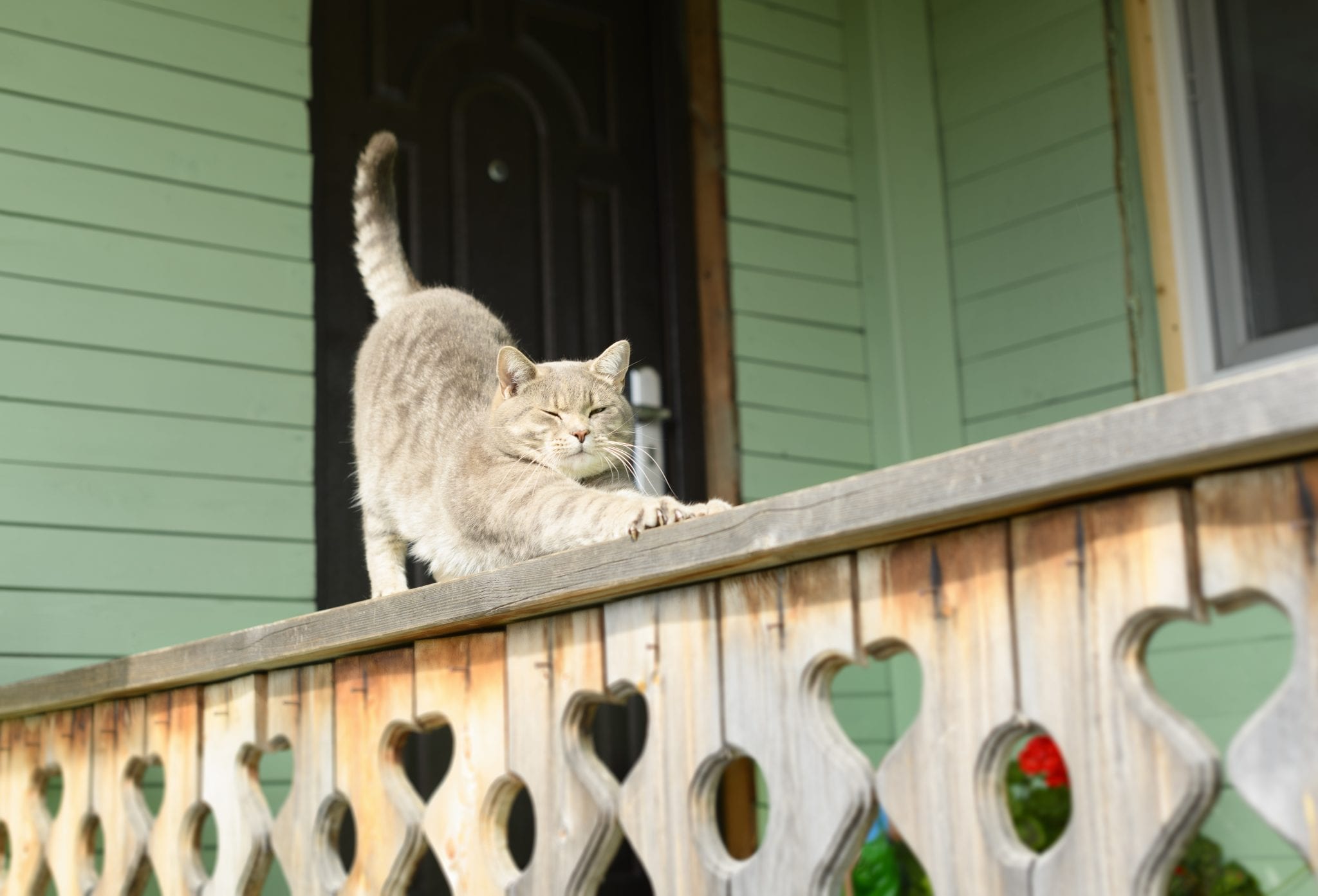
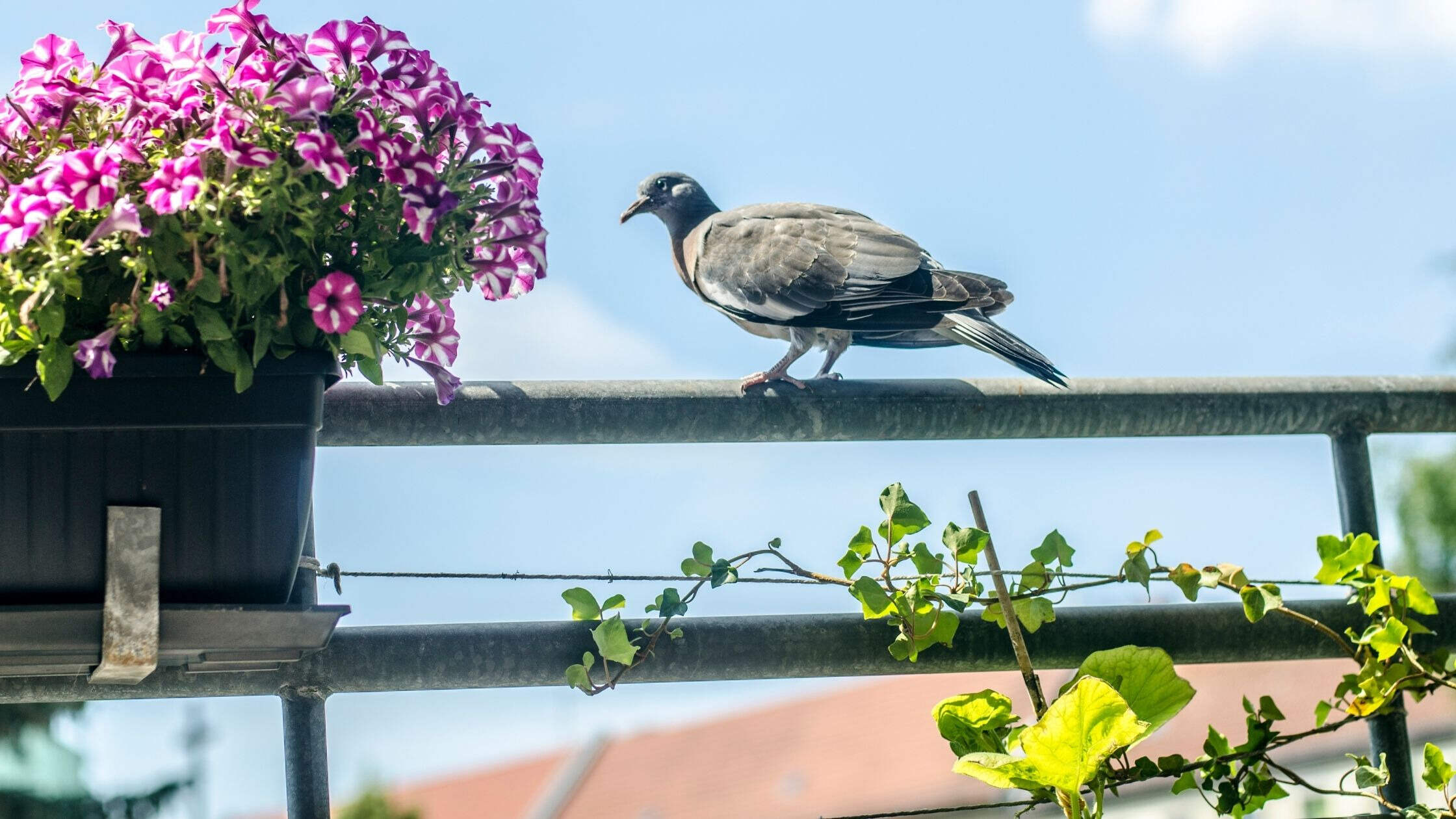
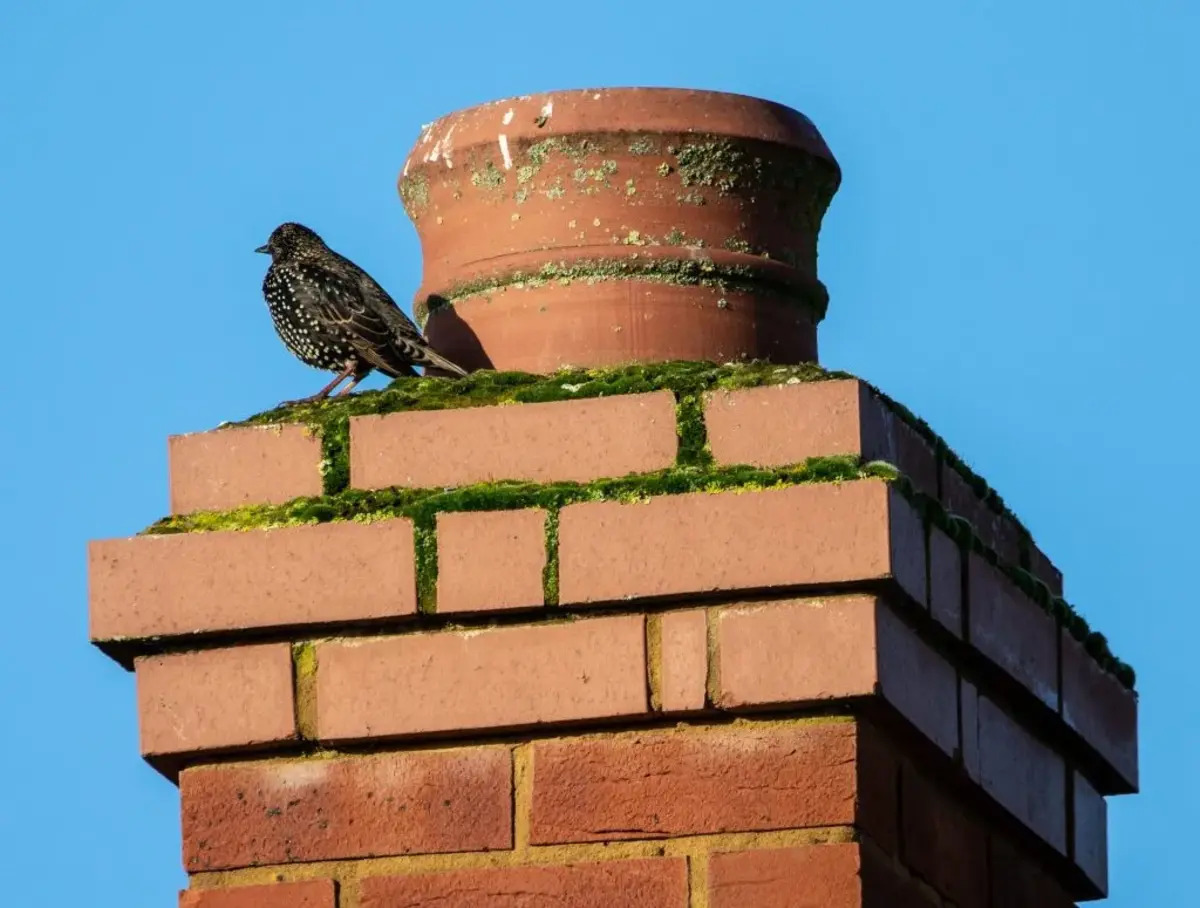
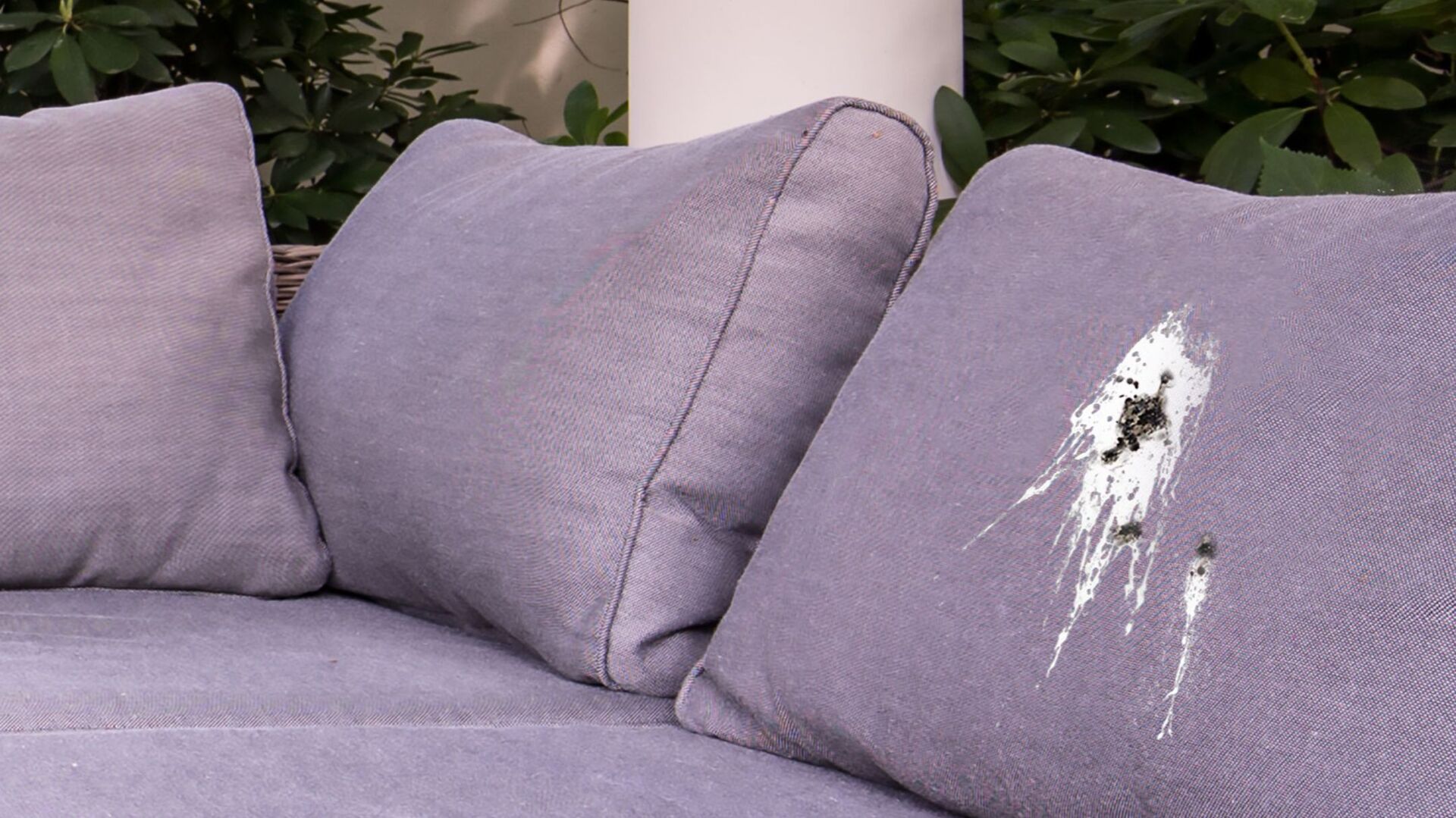
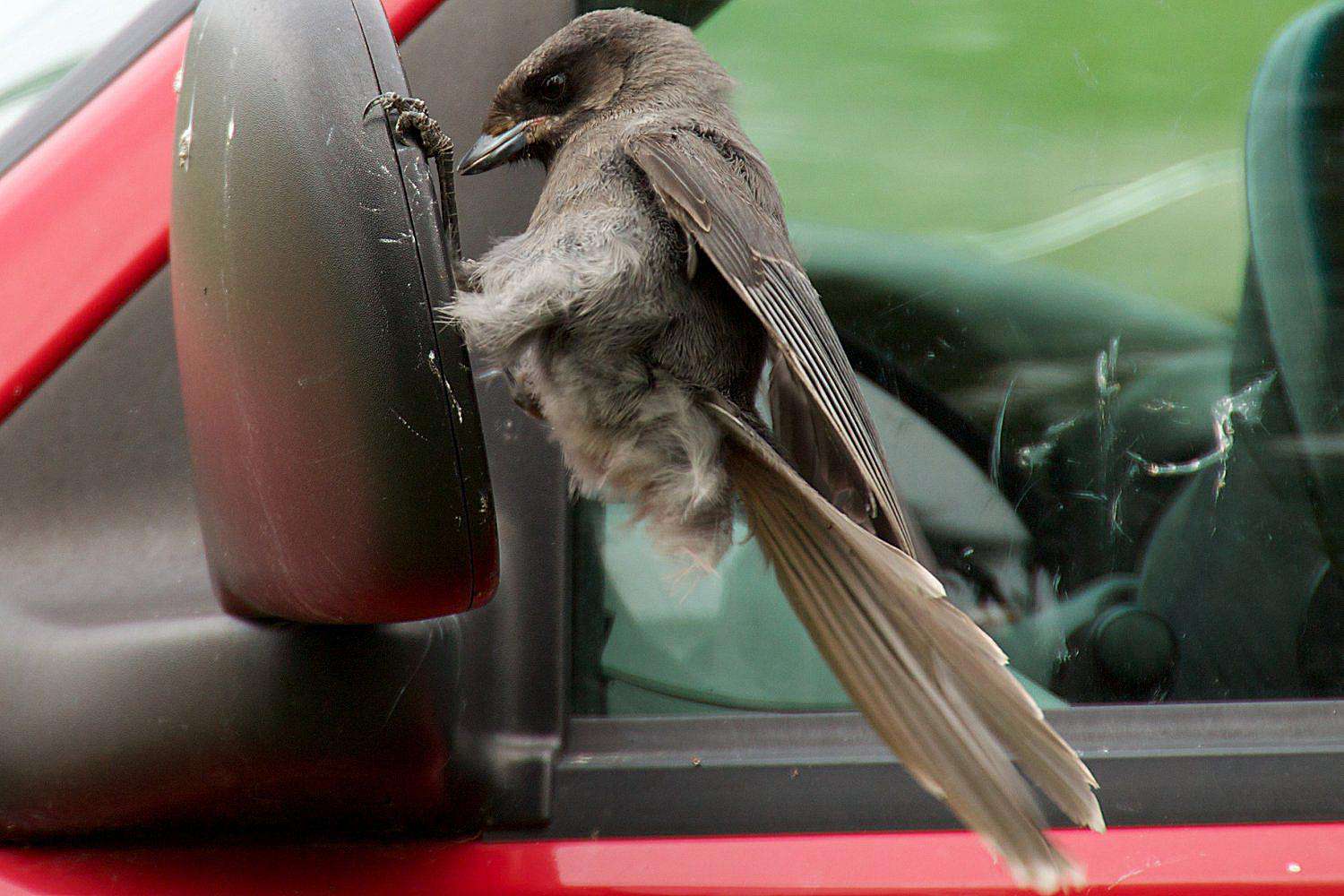

0 thoughts on “What Will Keep Birds From Nesting On My Porch”